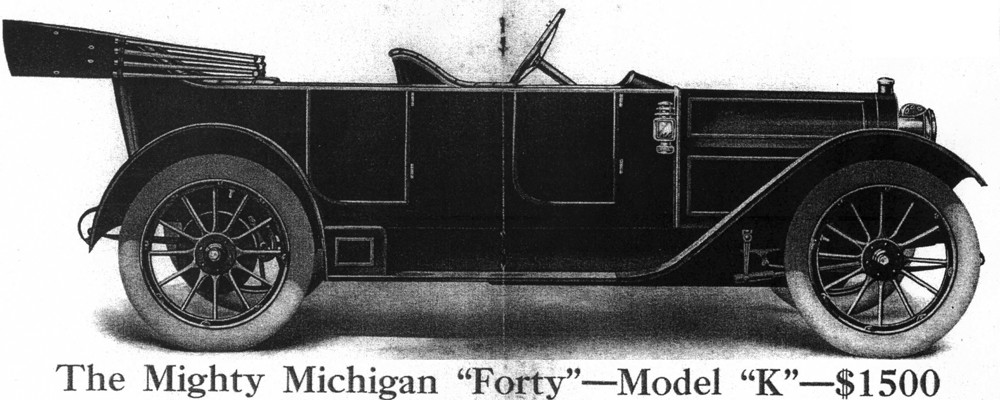On November 5, 2021, I wrestled out the transmission and took it down to my workshop. While it is only held in place with 4 long bolts, the combination shifter and hand brake shaft requires some finesse to wiggle it free, even after the front and rear universal joints are detached.

Shifter and cross shaft removed.

Transmission ready for transport.
Once I opened up the transmission, I inspected the gears. Although some were rounded on the leading edges of the teeth which meshed, they weren’t badly worn. Nor were any teeth missing. The Hyatt bearings on either end of the drive train were in very nice shape. This was all observed by fellow HCCA member Bill Ottemann who brought by some bushing material and drill rod for building a new shaft and bushing for the Reverse idler gear. The photos below show why this might be important.

Reverse idler gear & shaft. This is what was jumping up & down.

So – what do you think? Does the shaft look smooth? Is the bushing tight? Is 1/8″ clearance considered a fit?

Ugly – no matter what the angle of the photo.
Good grief! No wonder reverse gear made a noise. I drove out the bushing and put a new 1″ chunk of drill steel in the lathe to turn to the appropriate diameter for a new bushing for the gear.

Exploded view of the transmission. Reverse idler in lower right. Click to enlarge photo.
On November 13, 2021, we drove up to Fresno to visit family and pick up my Dad for a trip to Carlsbad and work on the Michigan. The shaft was turned, drilled for tapered pins and the new bushing was put in the gear.

Reverse idler gear & shaft — old and new.

Dad & I inspect shafts and fit.
During the process of getting ready to re-install the transmission gears, shafts and bearings, we discovered that 1) the main drive pinion, and 2) the bushing inside it and 3) the front portion of the main drive shaft that the main drive pinion turns on had heavy wear. This needed to be addressed and ended our hope that we would be able to get the Michigan back on the road while Dad was visiting. The most straight-forward way was to turn the front 3.5 inches of the main shaft slightly and replace the bushing with one that was slightly oversized to match the turned shaft.

Annotated exploded transmission, showing main drive shaft & main drive pinion
Turning a few thousandths off the Main Drive Shaft was fairly simple. Getting the bushing turned both inside and outside to the correct size was a bit more effort. But the greatest effort was trying to get the old thrashed bushing out. I tried heating, a hammer puller and finally resorted to a hack saw and screw drivers to bend and crush the bushing to the center. What a hassle.

After all else fails — hacksaw the bushing

Pry the bushing out in chunks.

New bushing ready to press into Main Drive Pinion.

Pressing the bushing in.
With the main problem components of the transmission refurbished, it was time to re-assemble. The troublesome reverse idler shaft and gear were taper pinned into the newly painted transmission housing (interior was coated with red insulating varnish).

Reverse idler gear with new shaft installed in lower transmission housing.
And then – I re-assembled the transmission. It will be noted that none of the meshing gears are pristine. They all have leading (meshing) edges on their teeth that are a bit munched, rounded and tapered. My colleagues in the Horseless Carriage Club that have viewed the gears commented that “they really don’t look too bad”. So back in they go – munched and nibbled teeth notwithstanding. I’ve attached a partially annotated photo of the transmission below.

Annotated Michigan transmission photo. CLICK TO ENLARGE
By November 26, 2021, I had the transmission back in the car. It was time to test my handywork. (Cue the ominous background music.)






















